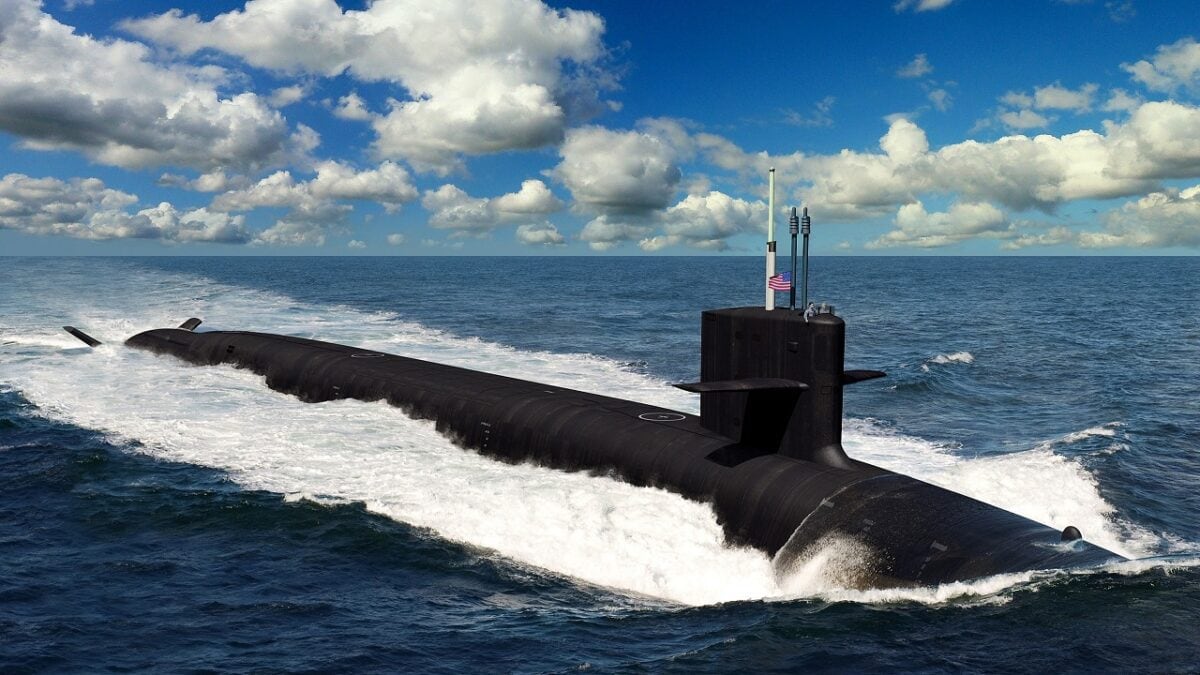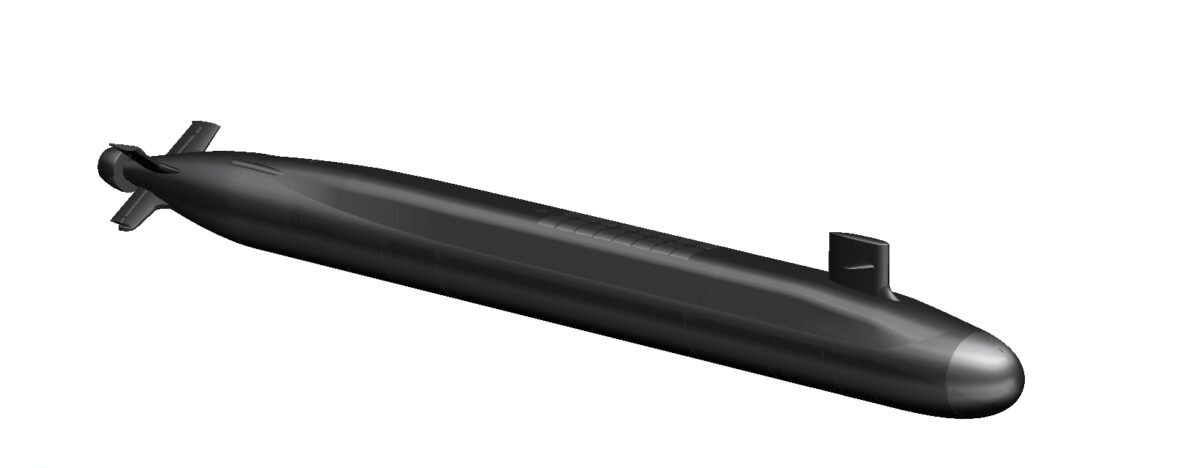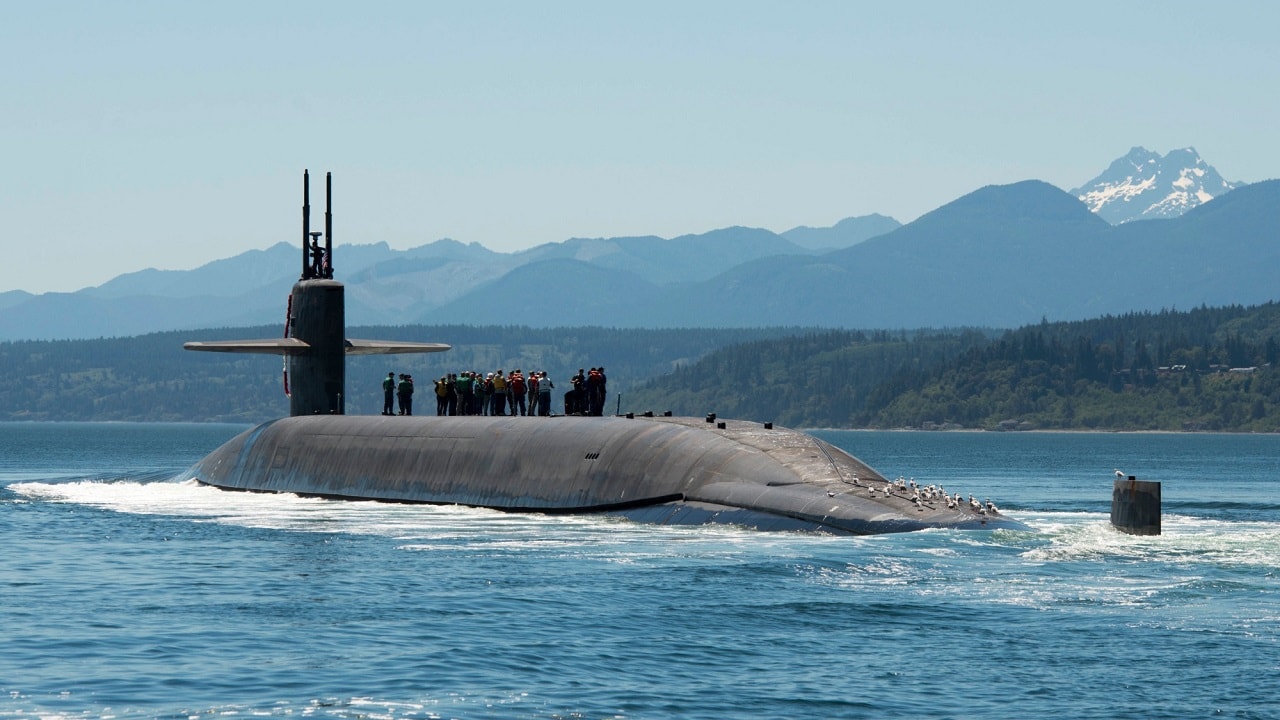A recent article asserts that the design and missile tube capacity of the new Columbia-class SSBN is unsuited to the new world of two nuclear-armed potential adversaries and that both should be revised. Specifically, the authors argue that the decision for the Columbia-class to carry 16 rather than 24 missile tubes was based on faulty and unreasonably optimistic arms control assumptions.
As a result, they call for modifying the submarine’s design to increase the number of missile tubes in order to boost U.S. warhead numbers.
While I believe that the emerging security environment will inevitably require increases in the U.S. deterrent arsenal, this particular argument needs correction as to its history and its technical arguments.
To begin, apart from the requirement that a fully modernized U.S. nuclear Triad envisioned by the Obama Administration conform to the limits of the New START treaty, arms control did not play a role in the design of the Columbia class. As a result of the Administration having decided (correctly) to maintain a full Triad, the number of SLBM tubes allowed under New START was derived from the number of ICBMs and bombers it had opted to retain.
The number of total SLBM tubes having been fixed; the next decision was to determine how many SSBNs carrying how many missile tubes per boat would best meet national requirements.
The two factors which figured most heavily in the design decision were the overall length of the submarine and a desire to maximize the number of SSBN hulls. I was a member of an ad-hoc group formed to advise Strategic Command on the issue; we were informed by the Navy that several new technologies in Columbia’s design, such as the new electric drive propulsion and other new equipment, had added to the submarine’s length.
As a result, a Columbia SSBN fitted with 20 or 24 missile tubes would have been too long to be accommodated by the SSBN force support infrastructure, principally the dry docks and the submarine piers. This strongly suggested that a 16 tube Columbia class was the preferred outcome.
Notwithstanding that technical judgment, there were still officials in the Defense Department who were prepared to enlarge the infrastructure to accommodate a 20 or 24 tube Columbia; this was driven by a desire to procure the smallest number of new SSBNs possible. A 24 missile tube Columbia SSBN would have resulted in a force of only 8 SSBNs. The advisory committee, cognizant of survivability considerations and other aspects of SSBN operations, argued strongly for the largest number of Columbia hulls possible: with 16 missile tubes, this meant a force of 12 new SSBNs, a 50% increase over a 24 missile tube force.

An artist rendering of the future U.S. Navy Columbia-class ballistic missile submarines. The 12 submarines of the Columbia-class will replace the Ohio-class submarines which are reaching their maximum extended service life. It is planned that the construction of USS Columbia (SSBN-826) will begin in in fiscal year 2021, with delivery in fiscal year 2028, and being on patrol in 2031.

Early rendering of what Columbia-class could look like.
Combined with the technical/infrastructure argument, the twelve boat force armed with 16 missile tube positions carried the day. Several years later, the 2018 Nuclear Posture Review, recognizing the increasing uncertainties associated with an emerging two-nuclear peer world, amended the procurement guidance by calling for “a minimum of 12 Columbia SSBNs”, which is where the program stands today (unless it is modified by the forthcoming Biden Administration NPR).
Having stated their bias, the article’s authors then offer two conflicting recommendations: “assess the feasibility of program or design modifications to [follow-on] Columbia SSBNs,” but “any changes that are made must not delay delivery of the Columbia program .”A 20 or 24 missile tube Columbia SSBN will require an accelerated missile tube delivery rate to maintain the Columbia-class build cadence. If the industrial base cannot meet the accelerated missile tube demand, then any modified Columbia SSBN deliveries would be delayed. Any attempt to redesign the boat will increase program costs from redesign and additional construction to add more missiles tubes.
The Navy will also have to modify submarine infrastructure to accommodate a longer and deeper draft SSBN, adding significantly to program cost and time. Lastly, a Columbia-class design change of this magnitude could potentially impact the design and engineering of SSN(X), which will commence in the near future.
Solving the potential inadequacy of the existing force against both near-term and medium-term future requirements is a real issue. But for the next ten-to-fifteen years, this can only be resolved by examining other ways to enhance legacy Triad legs to augment the existing force. For the longer term, building more than 12 Columbia SSBNs is part of the answer.
Franklin Miller served for three decades as a senior policy official in the Pentagon and on the NSC Staff.

